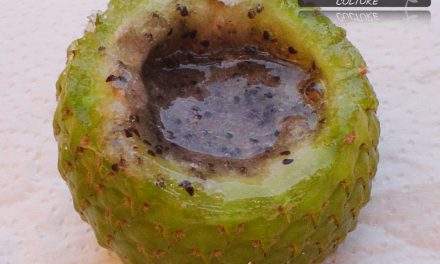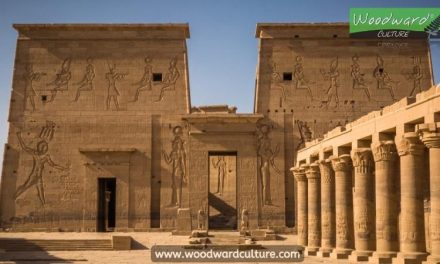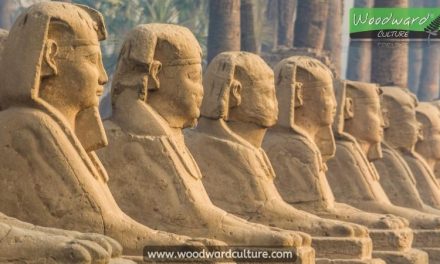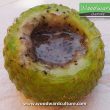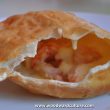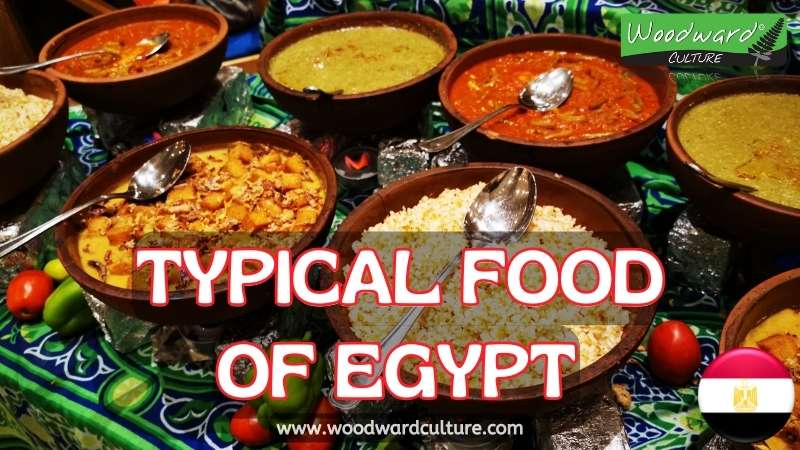
Typical Egyptian Dishes, Meals and Desserts
Welcome to a culinary journey through the vibrant and flavorful world of Egyptian cuisine!
Egypt, with its rich history and diverse cultural influences, boasts a culinary tapestry that has delighted taste buds for centuries. From hearty meals rooted in tradition to sweet indulgences that embody the essence of hospitality, typical Egyptian dishes, meals, and desserts offer a gastronomic adventure like no other. From savoring the comforting warmth of Kushari, to indulging in the layers of sweetness in Umm Ali, join us as we learn more about Egyptian gastronomy.
Typical Egyptian Dishes
Aish baladi – Aish Baladi is a traditional Egyptian bread that has been a staple in the country for centuries. The term “Aish Baladi” translates to “local bread” or “village bread,” emphasizing its traditional and widespread use. It is a fundamental part of Egyptian cuisine and is often used to accompany various dishes such as falafel, kebabs, and grilled meats. It’s also commonly served with dips like hummus or baba ghanoush. Due to its significance, Aish Baladi is sometimes referred to as the “national bread” of Egypt. Aish Baladi is made from a mixture of whole wheat and white flours, water, salt, and sometimes a small amount of yeast. The dough is allowed to ferment for some time, contributing to its distinctive flavor and texture. The bread is then baked, resulting in a flat, round loaf with a chewy interior and a slightly crispy crust.
Baba Ghanoush (also spelled baba ganoush or baba ghanouj) – This is a dish made from roasted or grilled eggplants (aubergines). The eggplants are typically charred to give them a smoky flavor, then the skin is peeled off, and the remaining part is mashed or pureed. This mashed eggplant is then mixed with various ingredients such as tahini (see below), garlic, lemon juice, olive oil, and spices like cumin.
Beid Hamine – The name Beid Hamine translates to “slow-cooked eggs” in English. It is a simple yet flavorful dish where eggs are slow-cooked (over hours) in a spiced tomato sauce. Beid Hamine is often served with bread or pita, making it a comforting and satisfying dish enjoyed for breakfast or brunch.
Fatta – This is a traditional Egyptian dish that is often associated with festive occasions and celebrations. It is a rich and hearty dish typically made with layers of ingredients, and its preparation can vary regionally. There are different types of Fatta, including Fatta Labaneya and Fatta B’tanag, but one of the most well-known versions is Fatta Be La’hma. In general, Fatta Be La’hma contains rice, often seasoned with ghee or butter, pieces of toasted or fried bread, usually cut into squares or pieces, cooked lamb, beef, or sometimes chicken, cut into bite-sized pieces, a garlic-infused yogurt or tahini sauce, a rich and flavorful tomato-based sauce and broth.
Feseekh (or Fesikh) – This consists of fermented and salted mullet fish, typically served during the Sham El Nessim festival, an ancient Egyptian holiday that celebrates the arrival of spring.
Ful medames – This is a staple of Egyptian cuisine and is also enjoyed in various forms across the region. Ful medames is made primarily from cooked and mashed fava beans, seasoned with olive oil, garlic, and various spices. The dish is often garnished with toppings like chopped tomatoes, onions, parsley, and sometimes hard-boiled eggs. It is typically served warm and is commonly eaten for breakfast.
Hamam Mahshi – This dish translates as “stuffed pigeon” in English involves preparing pigeons by stuffing pigeons with a combination of ingredients like rice, herbs, spices, and sometimes minced meat. The pigeons are then either roasted or grilled.
Hummus bi Tahina – This is made from blended chickpeas, tahini (sesame seed paste), lemon juice, and garlic. The term Hummus bi Tahina translates to “chickpeas with tahini” in English. It is usually served with grilled or toasted bread and used as a dip.
Kofta – In Egypt, kofta is a popular and beloved dish, and it often refers to ground meat, typically beef or lamb, that is seasoned, mixed with herbs and spices, shaped into elongated patties (like little sausages), and then grilled or fried. Egyptian kofta can be enjoyed in various ways, and it’s a common street food and household dish.
Kibda – fried liver (beef) usually sold from a cart on the street. One of the most common ways liver is prepared and enjoyed is in the form of Kibda Iskandarani, which translates to Alexandrian liver. This version typically involves pan-frying or grilling liver slices with various seasonings. The liver is often marinated in a mixture that may include garlic, cumin, coriander, vinegar, and sometimes a bit of chilli for spice.
Koshary – (Also koshari and kushari) Considered one of the most famous dishes of Egypt, this vegetarian meal contains rice, macaroni, lentils, chickpeas, garlic, and is topped with a spicy tomato sauce (sometimes Chilli sauce) and fried onions. You will find Koshary being sold cheaply at street stalls and also in restaurants, some only specializing in this dish. So basically, you can’t leave Egypt without trying this. (Photo of Koshary below)
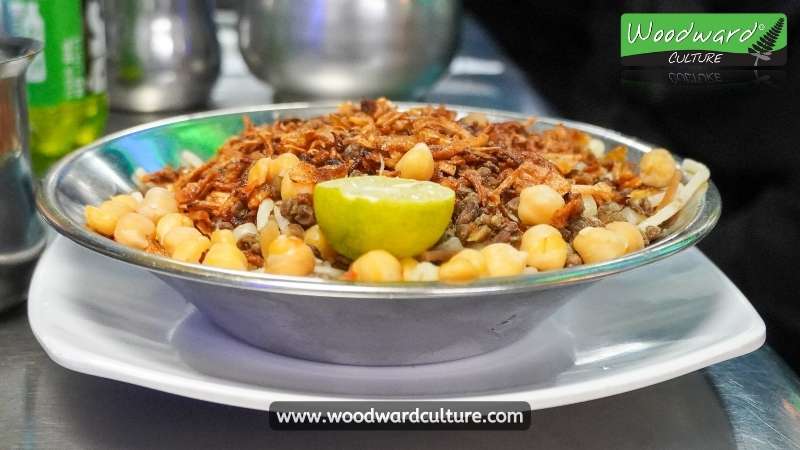
Macaroni béchamel – This is a popular Egyptian comfort food that consists of layers of cooked pasta (macaroni), a spiced meat sauce, and a creamy béchamel sauce.
Mahshi – vegetables such as bell peppers, zucchini, grape leaves, and sometimes eggplants are stuffed with a mixture of rice, herbs, and often minced meat. The stuffed vegetables are then cooked, usually by simmering them in a tomato-based sauce. The stuffing mixture typically includes rice, finely chopped onions, tomatoes, herbs like parsley and dill, and sometimes ground meat such as beef or lamb. The choice of vegetables and the exact ingredients for the stuffing can vary based on regional preferences and family recipes.
Molokhia (also Mulukhiyah or Molokheya) – A soup made from finely chopped mallow leaves mixed with ground coriander and garlic. It is a staple part of Egyptian food though is normally only eaten as a comfort food at home. Sometimes chicken, lamb or rabbit is added to this greenish soup. (Photo of Molokhia below)
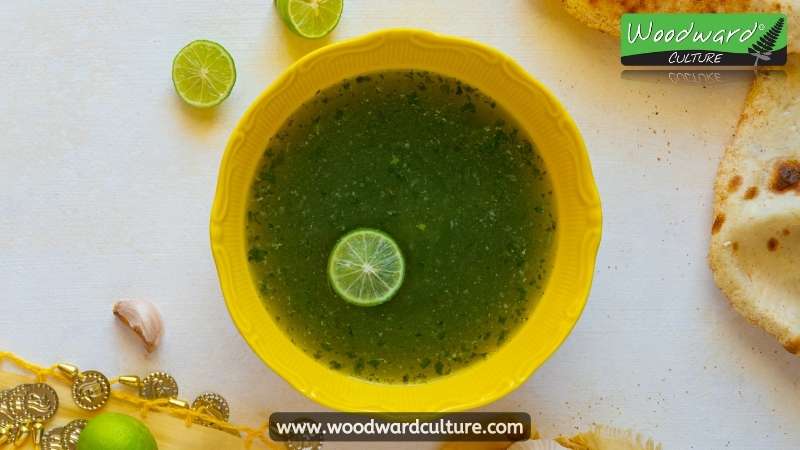
Roz meammar – translates as “baked rice.” It is a flavorful and aromatic rice dish often prepared for special occasions and celebrations. Roz Meammar typically involves layering rice with a mixture of seasoned meat, nuts, and sometimes dried fruits. The dish is then baked until the rice is cooked and the flavors meld together. The exact preparation of Roz Meammar can vary based on family traditions and regional preferences.
Samak mashwy – fish that has been marinated in olive oil, garlic, lemon juice, and a blend of spices such as cumin, coriander, paprika, and salt, and then grilled. It is a typical dish in Alexandria and the coastline.
Shawarma – This popular Middle Eastern dish consists of thinly sliced cuts of seasoned meat, usually beef, chicken, lamb, goat, or a combination of these, typically stacked in cone-like shapes and cooked on a vertical rotisserie. It is mostly served with pita bread and tahini sauce. In Egypt it is a popular street food and fast-food option.
Ta’amiya – is an Egyptian term for what is more widely known as falafel. It is a popular and widely enjoyed dish in Egypt, as well as in many other Middle Eastern countries. In Egypt, Ta’amiya is often made from ground fava beans or a mixture of fava beans and chickpeas. The mixture is seasoned with herbs and spices, including coriander, cumin, garlic, and parsley, and then formed into small balls. These ta’amiya are deep-fried until they are crispy and golden brown on the outside, with a tender and flavorful interior.
Tahini – is a paste made from toasted and ground sesame seeds. It is a staple ingredient in Middle Eastern and Mediterranean cuisines and is widely used in various dishes. It has a smooth, creamy consistency and a rich, nutty flavor.
Tehina – A sauce made by mixing tahini with ingredients like garlic, lemon juice, and salt. It is a versatile sauce that is commonly served with dishes like falafel, grilled meats, and salads. The garlic-infused Tehina Sauce adds a rich and nutty flavor to these dishes.
Torly (also Torley) – This is a casserole consisting of mixed vegetables with chunks of beef or lamb throughout it. The most common vegetables in it include potatoes, squash, carrots, and onions, and also has a type of tomato sauce.
Typical Egyptian Desserts
Basbousa – A sweet semolina cake which is soaked in a syrup that has a floral scent (made from rose water and sometimes lemon and honey). (Photo of Basbousa below)
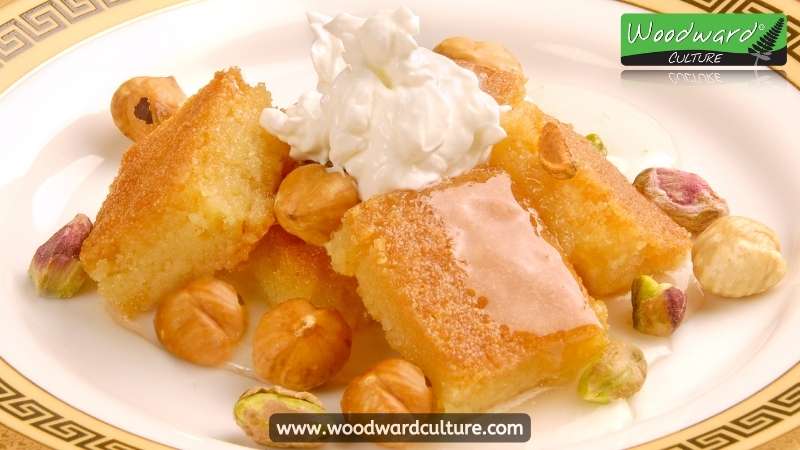
Baklava – a rich, sweet pastry made of layers of filo dough, filled with chopped nuts, and sweetened with honey or syrup. The nuts commonly used in baklava include walnuts, pistachios, or almonds. It is also a popular and widely enjoyed dessert in many other Middle Eastern and Mediterranean countries.
Bouzat haleeb – Egyptian ice-cream (though more like milk sherbet than cream)
Halawa – a popular confection in Egypt made from tahini (sesame paste) or other nut butters, sugar, and sometimes flavored with ingredients like vanilla or cocoa. This type of halawa is often known as Halawa Tahini. It is normally sold in blocks (by weight).
Kishk – a type of cold yoghurt sauce. It is a traditional fermented food product made from a combination of fermented yogurt or buttermilk and crushed wheat.
Roz Be Laban – translates to “Rice with Milk” in English so it is like a rice pudding with a hint of vanilla. It is a traditional Egyptian dish that is a popular dessert or breakfast option in Egypt.
Umm Ali (also Omm Ali or Om Ali) – This is a bread pudding-like dish made with layers of pastry, nuts, and raisins, all soaked in sweetened milk or cream and then baked.
Typical Meal times in Egypt
In Egypt, meal times can vary based on individual preferences, work schedules, and cultural factors. However, there are some general patterns for meal times that are commonly observed in the country:
Breakfast (El-Fetar): Breakfast is typically the first meal of the day and is known as El-Fetar. It is commonly eaten in the morning, and traditional Egyptian breakfast items include fuul (fava beans), ta’meya (Egyptian falafel), bread, cheese, eggs, and various pickles. Some people also enjoy tea or coffee with their breakfast.
Lunch (El-Gedida): Lunch, known as El-Gedida, is usually the main meal of the day and is often consumed between 1:00 PM and 3:00 PM. Lunch may consist of a variety of dishes, including meat, poultry, fish, rice, vegetables, and salads. Lunchtime is an important break during the workday, and families may gather to share a meal.
Afternoon Snack (El-Wasfa): In the late afternoon, people might have a light snack, known as El-Wasfa. This could include tea or coffee with pastries, biscuits, or small sandwiches.
Dinner (El-Asha): Dinner, known as El-Asha, is typically eaten later in the evening, often after 7:00 PM. It is lighter than lunch and may consist of dishes similar to those eaten at lunch, such as grilled meats, stews, or pasta. Some people may have a light soup or salad for dinner.
It’s important to note that these meal times are general guidelines, and individual practices can vary. During the month of Ramadan, meal times may shift due to the observance of fasting and the special pre-dawn and sunset meals known as Suhoor and Iftar.

